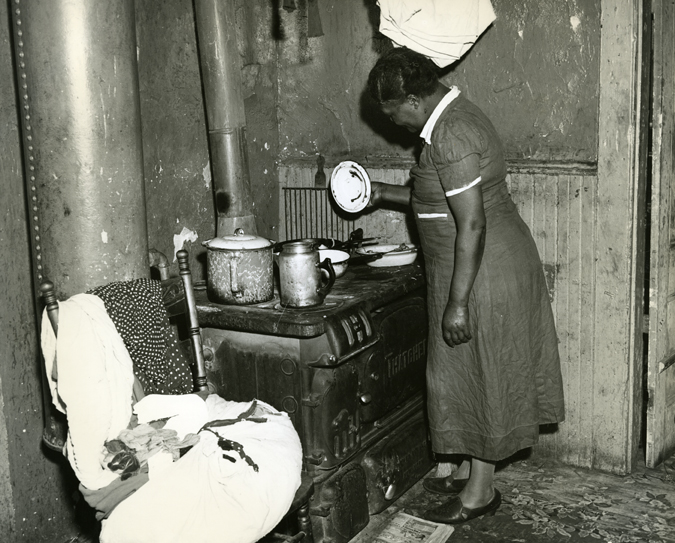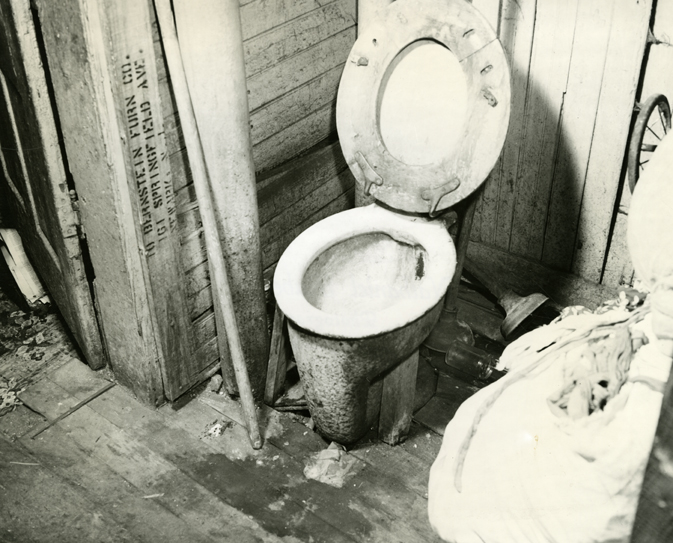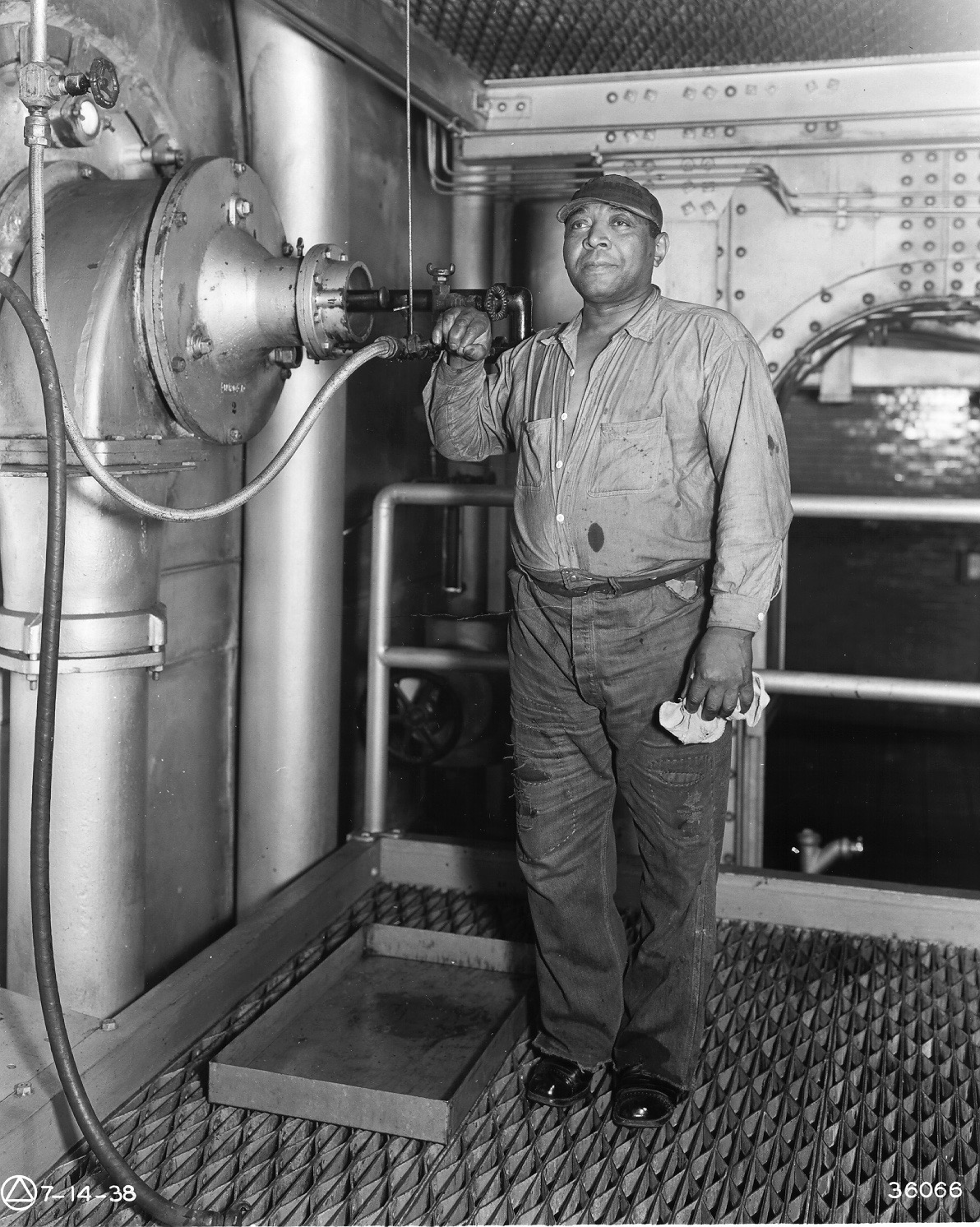Mary Helen Campbell
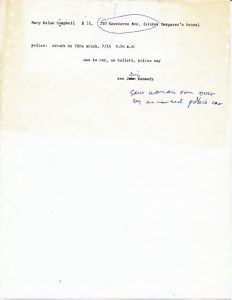
Mary Helen Campbell lived with her sister, Margaret, at 380 Hawthorne Avenue in Clinton Hill. The night of Thursday July 13th, 1967, the 31-year-old Campbell had gone out to a party with friends, where the group stayed late into the night. Earlier that night, continued protests at the Fourth Precinct resulted in clashes between demonstrators and police and the disorder quickly spread to other areas of the city. On Springfield Avenue, “looting and vandalism” became “intense” after 9:00 o’clock and shortly after midnight, Newark police officers reported “sniper fire” in their direction and requested permission to “use their firearms in order to retaliate.”
While the group was at the party, the Newark Fire Department had been busy responding to calls, including a car fire near the Fourth Precinct around 1:00 AM. It was around this time that Mary Helen Campbell left the party and caught a ride home with her friends. According to the report of the Essex County Grand Jury, as the car that Campbell was riding in approached the intersection of High Street (now MLK Blvd) and Spruce Street, a Newark Fire Department truck made a left-turn and the two vehicles collided, leaving Mary Helen Campbell dead.
Details of the crash are scarce, as one passenger of the car was asleep, and the other two passengers “could not be located” by the Grand Jury. Furthermore, police reports seem to conflict with those of the Grand Jury. According to the Grand Jury presentment, the car that Campbell was riding in “ran into the side” of the fire truck around 1:00 AM. However, the police report claims that the car was stationary when it was struck by a fire truck around 5:30 AM. Further complicating the story are reports claiming that others “believed Mrs. Campbell may be the woman who was run down by an official—fire or police—car on 17th Avenue about the same time.”
However murky the story surrounding the death of Mary Helen Campbell is, the Essex County Grand Jury had the final word in its presentment. The Grand Jury found “no cause for indictment” of any fire or police officials that may have been involved in the death of Mary Helen Campbell.
References:
Ronald Porambo, No Cause for Indictment: An Autopsy of Newark
Tom Hayden, Rebellion in Newark: Official Violence and Ghetto Response
Notes of Newark Legal Services Project
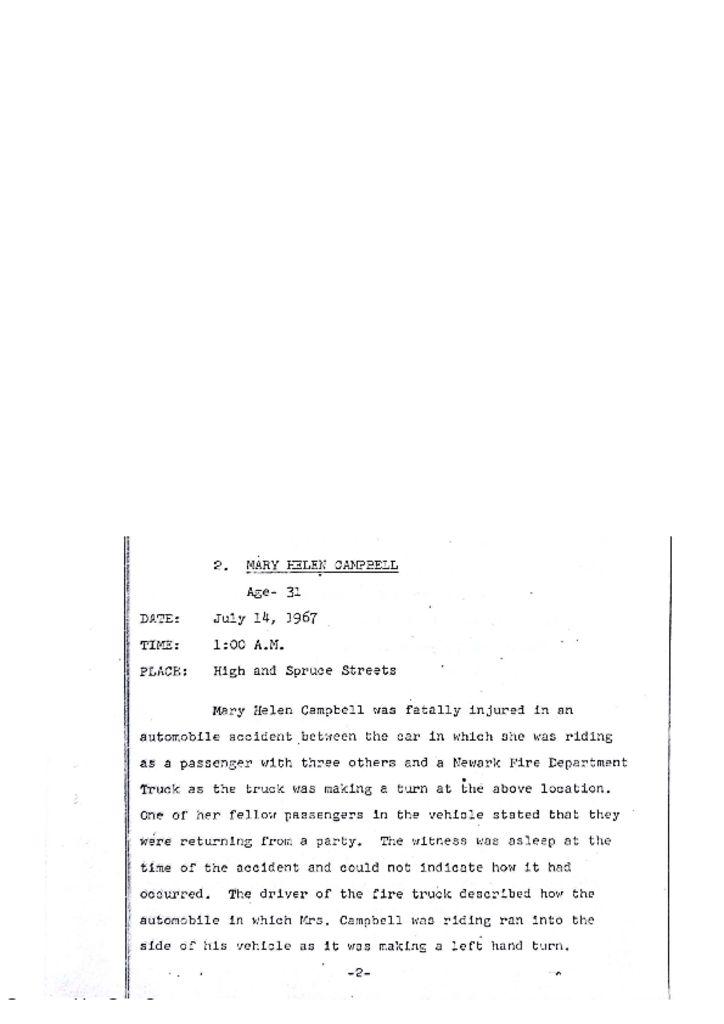
Grand Jury report describing the death of 31-year-old Mary Helen Campbell on July 14, 1967, who was a passenger in a car that collided with a Newark Fire Department Truck. The Grand Jury found “no cause for indictment.” — Credit: Junius Williams Collection

